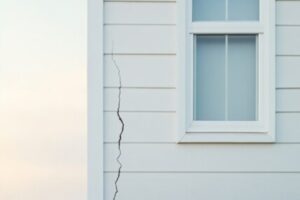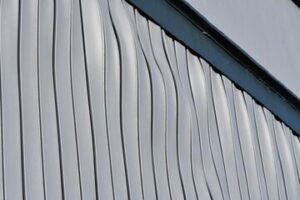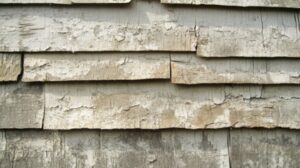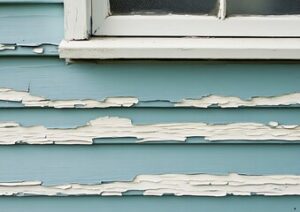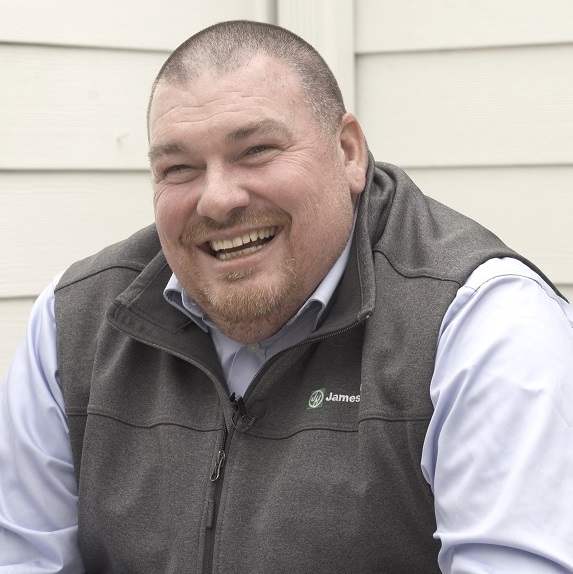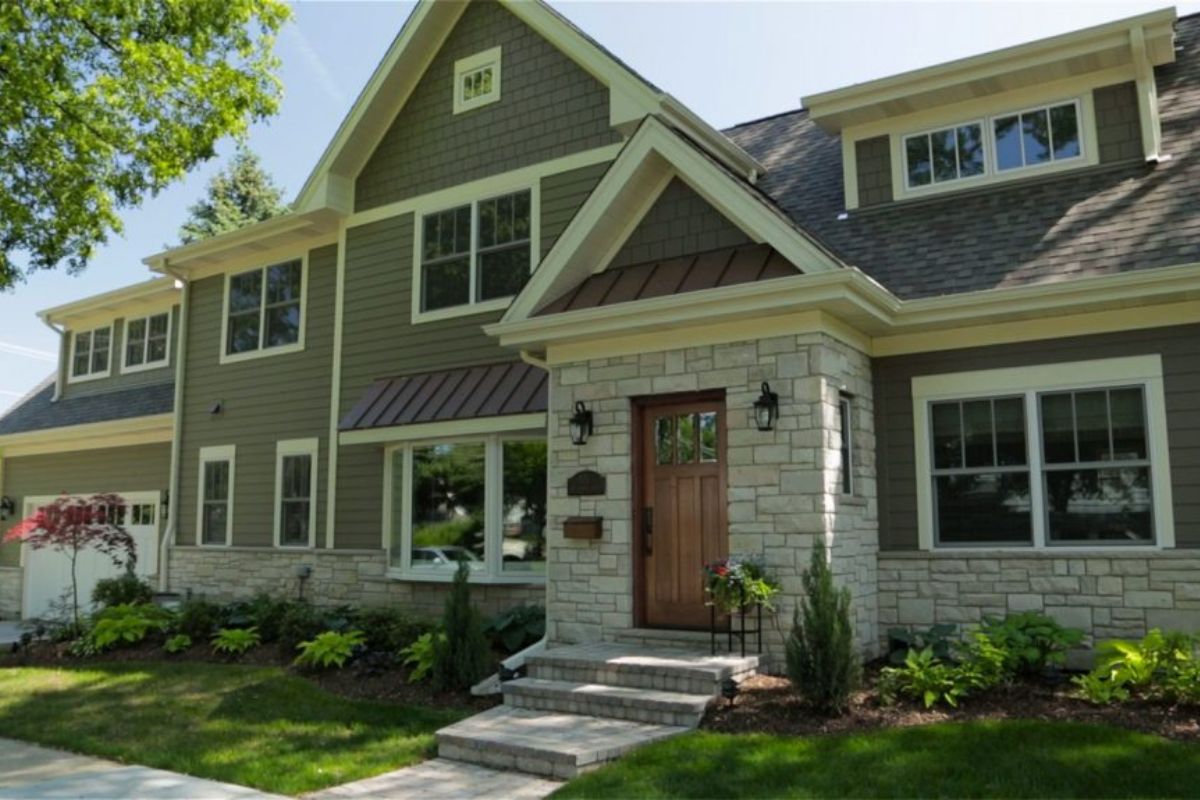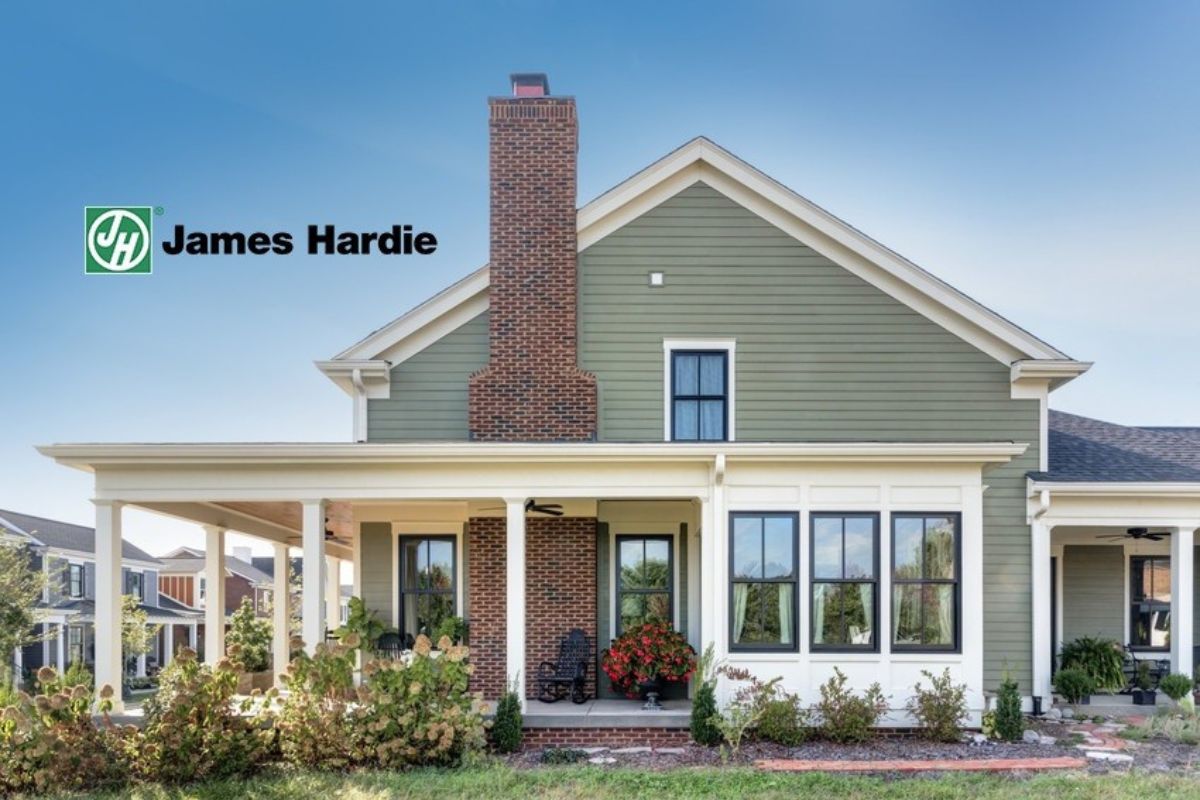Siding protects your home from moisture, pests, and temperature changes. Over time, however, it can begin to rot, crack, warp, or separate from the exterior. These are common signs that your siding is no longer performing as it should. When these issues appear, replacement siding may be necessary to maintain your home’s structure and energy efficiency.
Learn how to tell when it’s time to replace your siding, what affects its lifespan, and what to expect during the replacement process.
Signs Your Siding Needs to Be Replaced
Not all siding problems are immediately noticeable. Small problems can add up over time and hurt your home’s structure and energy efficiency. Here are the signs we look for during inspections and recommend homeowners watch out for:
Cracks, Gaps, or Holes
Cracks or holes near corners or seams can let in water or bugs. Even small openings can turn into bigger problems after a storm or cold snap.
Warping or Buckling Panels
Warped siding often indicates that moisture has entered behind the boards. This is commonly seen in older vinyl siding or areas with poor drainage. Once the shape starts to bend, it’s no longer protecting your house properly.
Soft, Rotten, or Swollen Areas
Wood siding, in particular, can absorb water and begin to rot over time. Gently press on problem spots. If it feels soft or spongy, the siding may have water damage and need to be replaced.
Faded, Peeling, or Bubbling Paint
If the siding fades or needs paint often, it could be breaking down underneath. Paint or caulk bubbling is also a sign that moisture is trapped inside.
Higher Energy Bills
Siding works hand-in-hand with insulation. Higher energy bills may be a sign that your old siding is letting heat or cool air escape.
Questions to Help You Decide If It’s Time
How Old Is Your Siding?
Each siding material has a general lifespan. Vinyl siding lasts about 20 to 30 years. Fiber cement can last up to 50 years. Wood lasts around 20 years with regular care. If your siding is near the end of its expected life, replacing it soon could save on repair costs.
How Much Maintenance Does It Need?
Some materials, such as wood, need regular scraping and painting. Others, like fiber cement or engineered wood, are more hands-off. If upkeep is too much, it may be time to switch to a stronger, low-maintenance option.
How Bad Is the Damage?
A single damaged board is a simple fix. If you find many damaged spots or water behind the panels, it’s best to replace the siding instead of patching it.
Do You Plan to Stay in the Home Long-Term?
For a future move, small siding updates may be enough to boost curb appeal. If you plan to stay in your home, using better materials now can help you avoid costly repairs later.
Does Your Home Match Others in the Neighborhood?
If nearby homes have newer exteriors and yours does not, it can hurt how your home looks and lower its resale value. Siding plays a big role in first impressions and neighborhood appeal.
Is the Style or Color Outdated?
Trends change, and some older colors or textures can make your home look outdated. Modern siding options can refresh the look and improve your home’s marketability.
Choosing the Right Replacement Siding Material
At All Star, we install only James Hardie fiber cement siding. We trust it because it lasts a long time, looks great, and holds up in all kinds of weather.
James Hardie Fiber Cement Siding
James Hardie siding is strong and built to last. It’s made from cement, sand, and cellulose fibers. It won’t rot, crack, or warp the way wood can. It also resists damage from pests, heat, rain, wind, and snow.
The boards have the appearance of real wood but require far less maintenance. You won’t need to repaint them often. They hold their color thanks to a baked-on finish called ColorPlus® Technology.
This siding is heavier than vinyl. It takes skill to install. That’s why our team follows James Hardie’s rules to get it right the first time.
Why We Recommend James Hardie
- Built to last in all weather
- Resists fire, water, and bugs
- Color stays bright longer
- Low maintenance
- Many styles and colors to choose from
If you want a siding that protects your home and looks good for years, James Hardie is a smart choice. We’re here to help you get the best results.
What to Expect During a Siding Replacement Project
Homeowners often ask us what the process involves. Here’s a general breakdown:
- Inspection and Measurement – We check your current siding and measure your home to figure out how much material you’ll need.
- Material Selection – You choose your siding type, color, and trim with our help.
- Removal of Old Siding – We safely remove old materials and assess for hidden damage.
- Installation – We put in new panels and make sure everything is sealed, ventilated, and protected.
- Finishing Touches – Caulking, painting (if applicable), and final cleanup wrap up the job.
Projects typically take a few days to a week, depending on the size of the house and weather conditions.
Talk to a Local Siding Expert
Siding protects your home, enhances curb appeal, and influences long-term value. If you’ve noticed signs of wear or just want a fresh new look, now’s a great time to explore your options. At All Star, we help you decide what’s best, whether it’s fixing a few boards or replacing all the siding on your home.
Contact us today for a free estimate and personalized recommendation.


